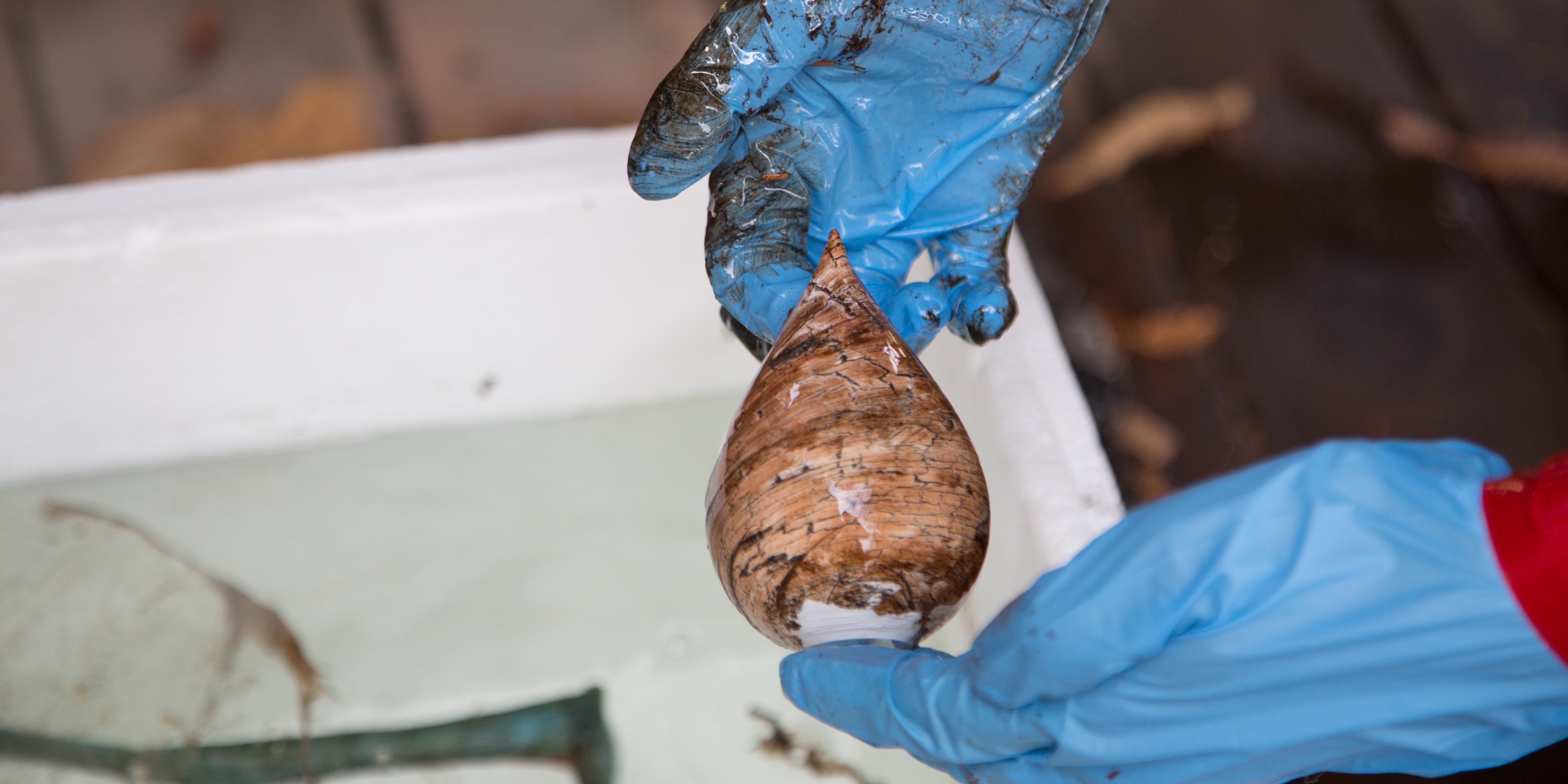

Hydro dipping is a simple way to apply graphics and “skins” to your 3D prints. The process transfers images from a thin hydrographic film onto nearly any three-dimensional object by floating the image in a tub of water. Professionals have used this technique since the ‘80s for custom automotive and motorcycle parts, and it’s recently become popular with printing enthusiasts.
The graphics come on clear film and can be purchased online. You apply it by carefully laying the film on top of the water and spraying it with an activator solution. This activator dissolves the film — the ink is left floating on the water’s surface, ready to adhere to your 3D print. As you dip your 3D object into the water, the surface tension allows the graphic to curve around the contours of your 3D print.
















